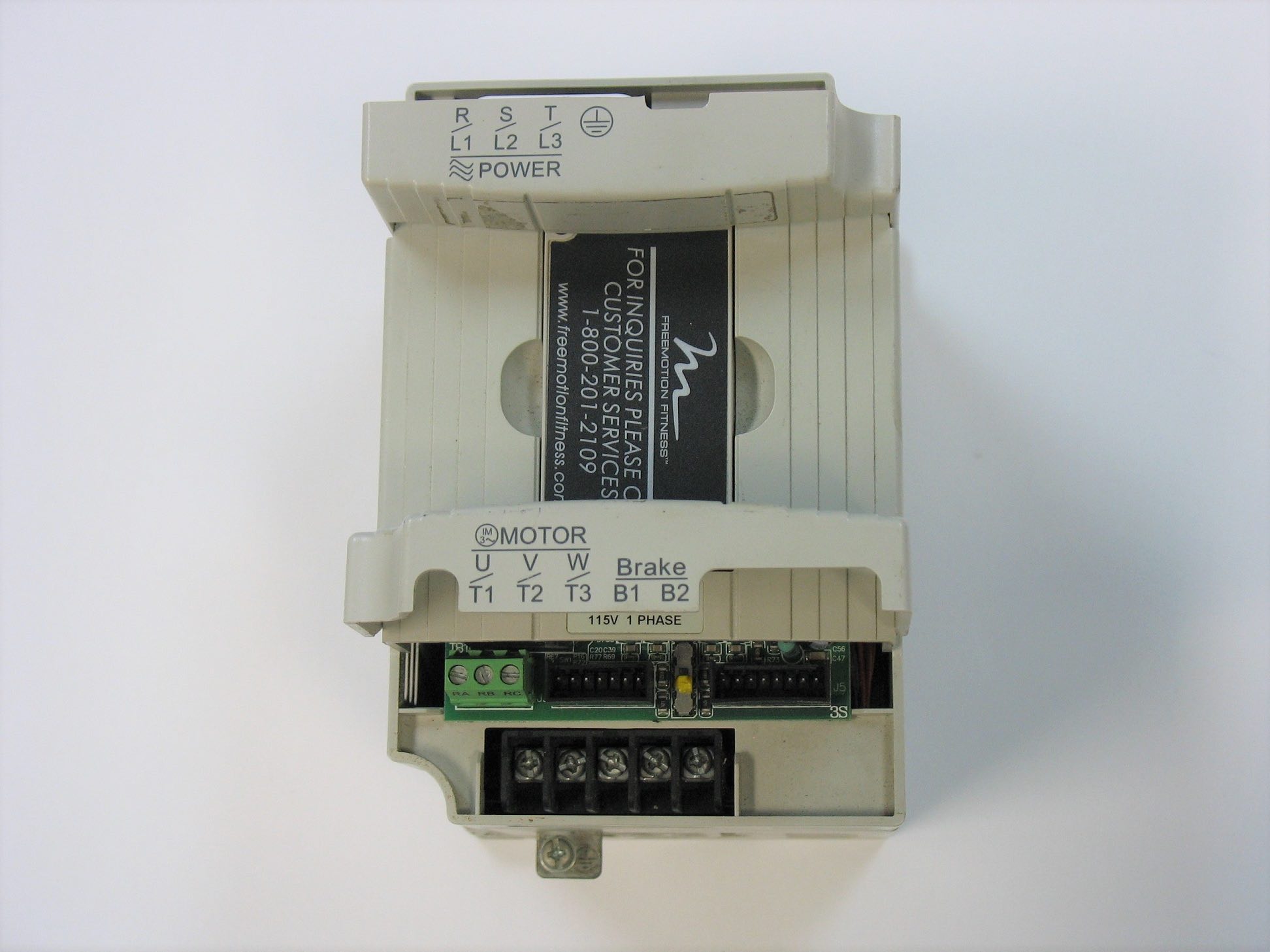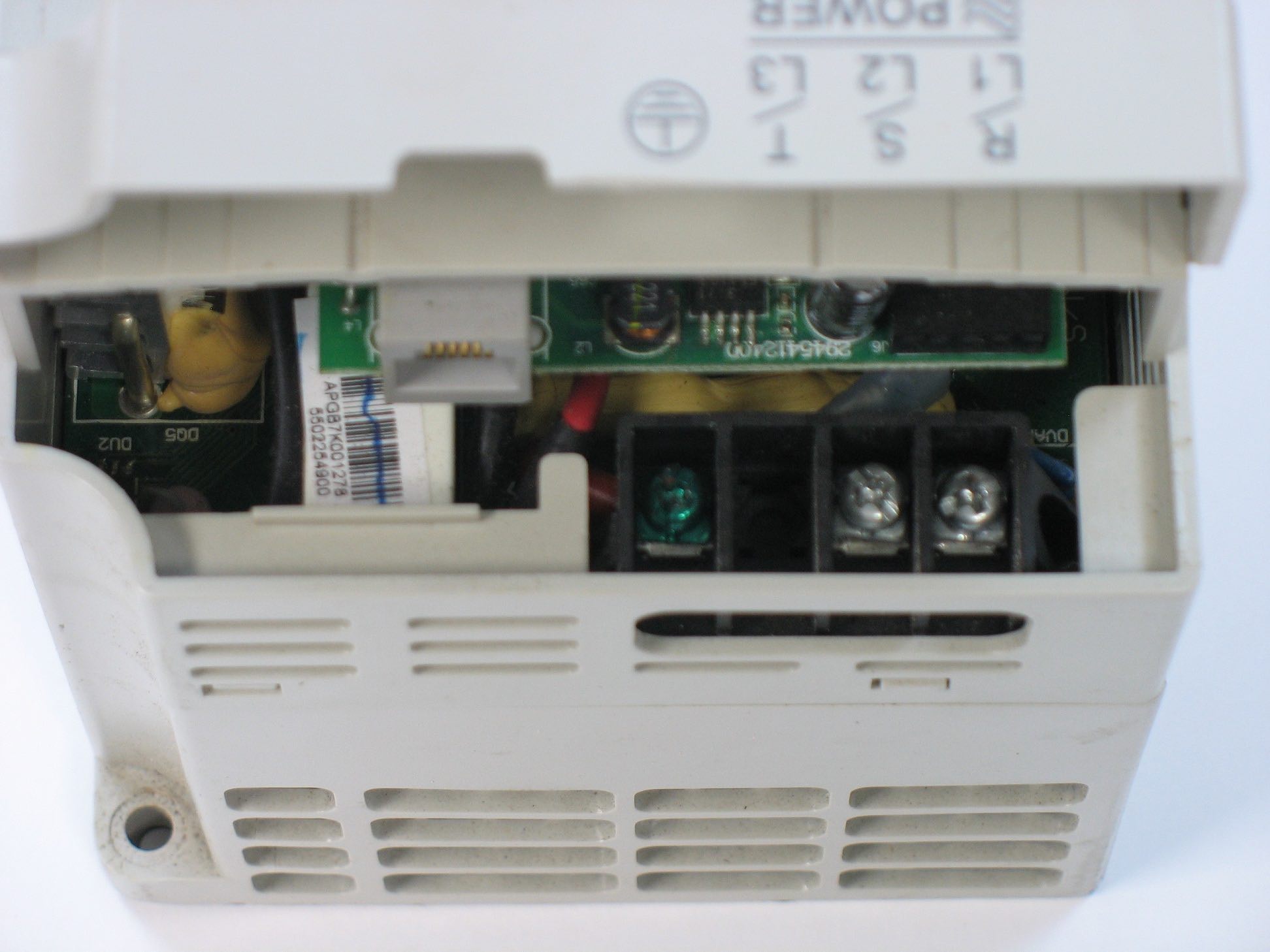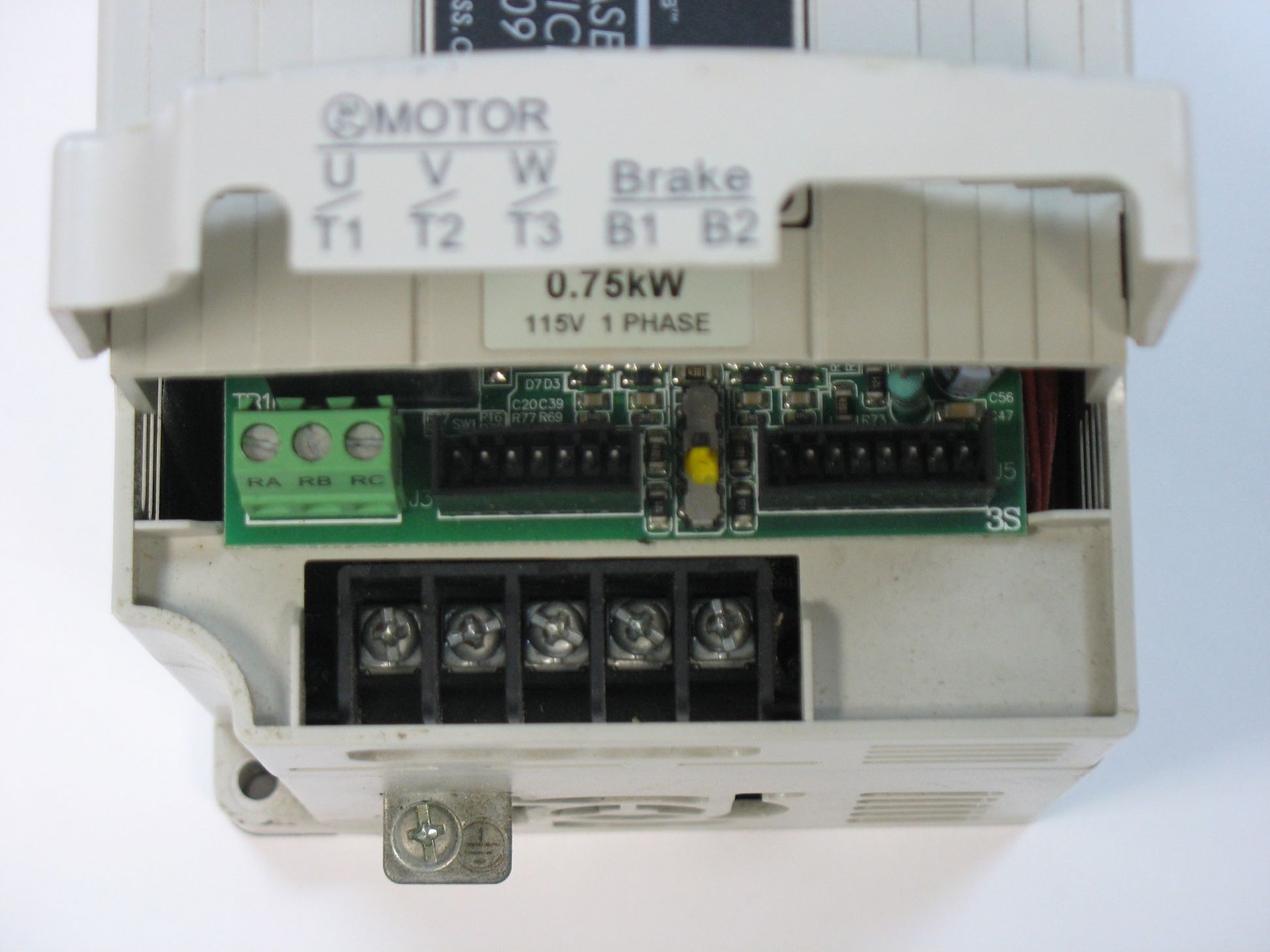Nearly all industrial engineers have heard of a VFD. But what does VFD stand for, how do they work, and why would we prefer using a VFD to control motors for heavy loads?
The VFD solves the challenges of driving a 3-phase motor with careful speed control and efficiency, without being overly cost-prohibitive in most cases. They can be configured to run in applications spanning from small standalone machine centers, up to vast networks of huge machines. Internal parameters allow the user excellent motor control.
Why Do You Need a Variable Frequency Drive?
When it comes to moving the big loads demanded for industrial operations, the 3-phase motor is usually called to be the heavy hitter. They use less current than their lower voltage, single-phase relatives. In addition, the single-phase motors are far more difficult to start and run in a controlled direction. As another comparison, DC motors run less efficiently due to the wear and tear of the carbon brushes which accomplish the rotation of the magnetic field in the rotor.
Although these 3-phase motors have some tremendous advantages, there are some added difficulties when it comes to operating them. Simple motor starter circuits allow us to connect two of these starters, interlocked with each other, which can start and run the motor in either direction with two of the phase lines reversed. However, on/off controls like starters are limited, only fully on, or entirely off. When turned on abruptly, the motors can consume massive amounts of current leading to increased utility costs.
Another disadvantage in large applications is the result of small fluctuations in the main voltage, such as caused by other devices in the facility turning on. In an analog starter circuit, these fluctuations are passed right to the motor coils, causing small imbalances in an otherwise smooth rotation.

Figure 1. VFD liberated from a piece of fitness equipment.
This model does not have buttons or a screen on it, so programming must be done through a communication port.
The Benefits of a Variable Frequency Drive (VFD)
To combat the previously listed disadvantages, a digital control device is employed to allow much better control. The Variable Frequency Drive, or VFD, carefully regulates the current sent to the motor in pulses, the frequency of which can be reduced from the normal 50/60Hz supply. In this way, the name ‘variable frequency’ gives us the obvious benefit of these drives.
One thing to note about VFDs during the application process is that they can easily run a motor at a lower frequency (and therefore RPM) than its rated value, but you should be very cautious when trying to run it faster. Although it is theoretically possible, the motor is designed to run only at a maximum RPM. Running the motor faster can cause heat, reduced efficiency, and a shortened life. There are a few other built-in benefits provided by a VFD.
First, you can access some basic feedback about your system, even without sensors. It monitors the current provided to the motors and can display faults if the current exceeds acceptable levels.
It is also possible to adjust many of the operating parameters which control how the motor runs. You can adjust the start-up acceleration and the deceleration times (ramp rates), the maximum speed, in cases where full rated RPM is too fast, and many other options.
A final surprising benefit is the low cost of these devices. A pair of small starters, along with the buttons required for manual control can cost hundreds of dollars or more. A comparable VFD for a small horsepower motor, with the buttons integrated right into the front, can still only cost barely more than a hundred dollars. The costs can escalate drastically for larger applications, but the complexity of the device alone does not mean it’s prohibitively expensive.
What is a VFD?
The input voltage of the VFD can be either single-phase 120-240 VAC, or 208-480 VAC, or sometimes even higher. The single-phase input models for small motors provide a large benefit since you don’t need to have a 3-phase supply to run the motor.

Figure 2. Input terminals of the VFD.
Notice only two screw terminals plus ground – this indicates a single-phase input. Also, the small network port is for RS-232 communication, not Ethernet control in this case.
The input AC power is converted to DC through a rectifier and filter capacitor. This provides a constant DC voltage at a level matching the motor’s rated voltage level.
To run the motor, the DC voltage is pulsed on and off at a very high frequency, usually in the thousands of Hertz. The ratio of on vs off time of each pulse will allow current to increase or decrease, for example, if the pulse is on 90% of the time, and off for the remaining 10%, the current would be expected to be nearly maximum.
This rapid series of pulses varies in percentage between 100% off and 100% positive, then back to 100% off, then 100% negative, and repeats.
The speed at which these percentages complete a full cycle can be set anywhere between 0 to 60Hz. Or, it could be commanded to ramp up to 60Hz at a set rate when turned on. At this point, there’s a wide variety of control options.
How Does a VFD Work?
Depending on the application, you can find VFDs that can be controlled from a variety of sources. Sometimes, they might be tasked to run a single, stand-alone machine, with very limited human interaction. Other times, a complex computer network may run communication throughout the entire facility. There’s a VFD for anything.
Most VFDs have a small screen on the front which may have some digits to display information, or occasionally as fancy as a color touch screen. There will also likely be a start and stop button, and a rotating potentiometer for speed control. This is called a Human-Machine Interface, or HMI, and there’s a wide variety depending on the manufacturer. Controlling it from here is called “Local” control.
There’s another very common way to control VFDs on stand-alone machines. Most VFDs will have a row of small screw terminals or a small multi-wire connector located under the cover. These connection points allow digital inputs, in other words, push buttons for starting, stopping, and directional control. There’s also an analog input for an external potentiometer. All of these inputs allow the VFD to be safely tucked in a control enclosure, with well-labeled buttons on the outside, keeping the operator isolated from the 3-phase power inside the cabinet.

Figure 3. VFD output terminals and two rows of headers for digital control.
The green screw terminal header gives access to a relay so you can control other outputs as the motor turns on or reaches full speed.
In some cases, these digital and analog inputs can be provided by a digital controller like a PLC, allowing even greater control.
For a large-scale implementation, it’s extremely common to have all operations of the VFD controlled over a network. Ethernet, PROFINET, DeviceNet, and others can communicate with many VFDs. Sometimes this function is built-in by default (particularly Ethernet), but in many cases, the network connection is an add-on module connected with a ribbon cable or pin header set. In these cases, a single network cable connects into the drive unit, and immediately all motion can be controlled and changed remotely.
One thing to note: Be careful when connecting Ethernet cables to make a connection. Many times, an RS-232 connector may also use the same 8-pin RJ45 jack, which looks like an Ethernet port. The RS-232 protocol is used for programming, not operation. You can’t just connect an Ethernet cable. Make sure to verify that it has the proper network protocol.
There is no doubt that VFDs will continue to increase in popularity and application cases, and understanding their operation is a very valuable asset.
Check out more of our VFD content on this website:
- Control Wiring for Variable Frequency Drives (VFDs)
- Controlling VFDs with Manual Inputs
- The Link Between VFD Skip Frequency Parameters and Harmonics
- Teardown: What’s Inside a Variable Frequency Drive (VFD)?
Copyright Statement: The content of this website is intended for personal learning purposes only. If it infringes upon your copyright, please contact us for removal. Email: admin@eleok.com
